Dietary fibre is essential for a healthy gut and high fibre gluten free recipes are easy to find, yet most North Americans (like 95% of us) don't get enough fibre in our diet. Many gluten free foods are low in fibre and nutrition, making this topic especially important for everyone eating a gluten free diet. So keep reading and find an idea or two that you can implement this week!

A diet high in fibre protects your digestive health, decreases the chance of symptoms like constipation and plays a valuable role in controlling blood sugar.
The trick is knowing what high fibre foods you like and then fitting them into the way you eat. Remember, plants are fibre. If you like checklists visit this post, 30 Plants a Week, and print my list of 134 plants to get you started.
This roundup post of high fibre recipes is in the form of a challenge. Slowly adding more fibre to every meal will pay off over time.
Jump to:
- High Fibre Challenge for Gluten Free Eaters
- High Fibre Gluten Free Breakfast
- More Fibre in Weekend Breakfast and Brunch
- How To Add Fibre to Soups and Salads
- Everyday High Fibre Dinners
- High Fibre Gluten Free Snacks
- High Fibre Gluten Free Baked Goods
- Resources For Fibre and the Gluten Free Diet
- Tips To Help Add Fibre To Your Diet
- Top Tip
High Fibre Challenge for Gluten Free Eaters
Simply eating more fibre isn't a measurable goal but it's a great place to start. I've divided the recipes into categories by meal to give you lots of ways to boost your fibre intake.
3 Ways To Get More Fibre Rich Food in Your Diet
Customize this challenge to work from where you are right now. Pick one of these ideas and try it. If it's too hard or too easy, adjust the wording to say what you need. To increase your chance of success you should write the challenge somewhere that you'll see it every day.
- Incorporate one new high fibre food (grains, legumes, nuts, seeds etc.) into your diet every week for a month. Look for four ideas in the lists below.
- Include one high fibre food in every snack and every meal for a whole week.
- Buy a new gluten free flour (quinoa, teff, coconut, almond, sorghum or buckwheat) or grain (quinoa, teff, sorghum, millet or buckwheat) and try it in two new recipes.
High Fibre Gluten Free Breakfast
Whether it's hot or cold, eaten at home or on the run fibre is easy to add to breakfast.





- Quinoa (the grain or the flakes) and buckwheat (groats or flakes) both have more fibre than oats and can be cooked in similar ways.
- Nutritional yeast is an excellent source of fibre too. A two tablespoon serving contains about 20% of your daily intake. Sprinkle it on cereal or toast, in pancakes and muffins or even smoothies and beverages.
More Fibre in Weekend Breakfast and Brunch
There's no fibre in meat, fish, eggs or cheese but you've still got options. Consider adding grains, nuts, seeds, vegetables like avocado and spinach, and of course beans, to your favourite breakfast dishes.




How To Add Fibre to Soups and Salads
Choose soups and salads made with legumes and beans. Add nuts and seeds to boost the fibre even higher.




Everyday High Fibre Dinners



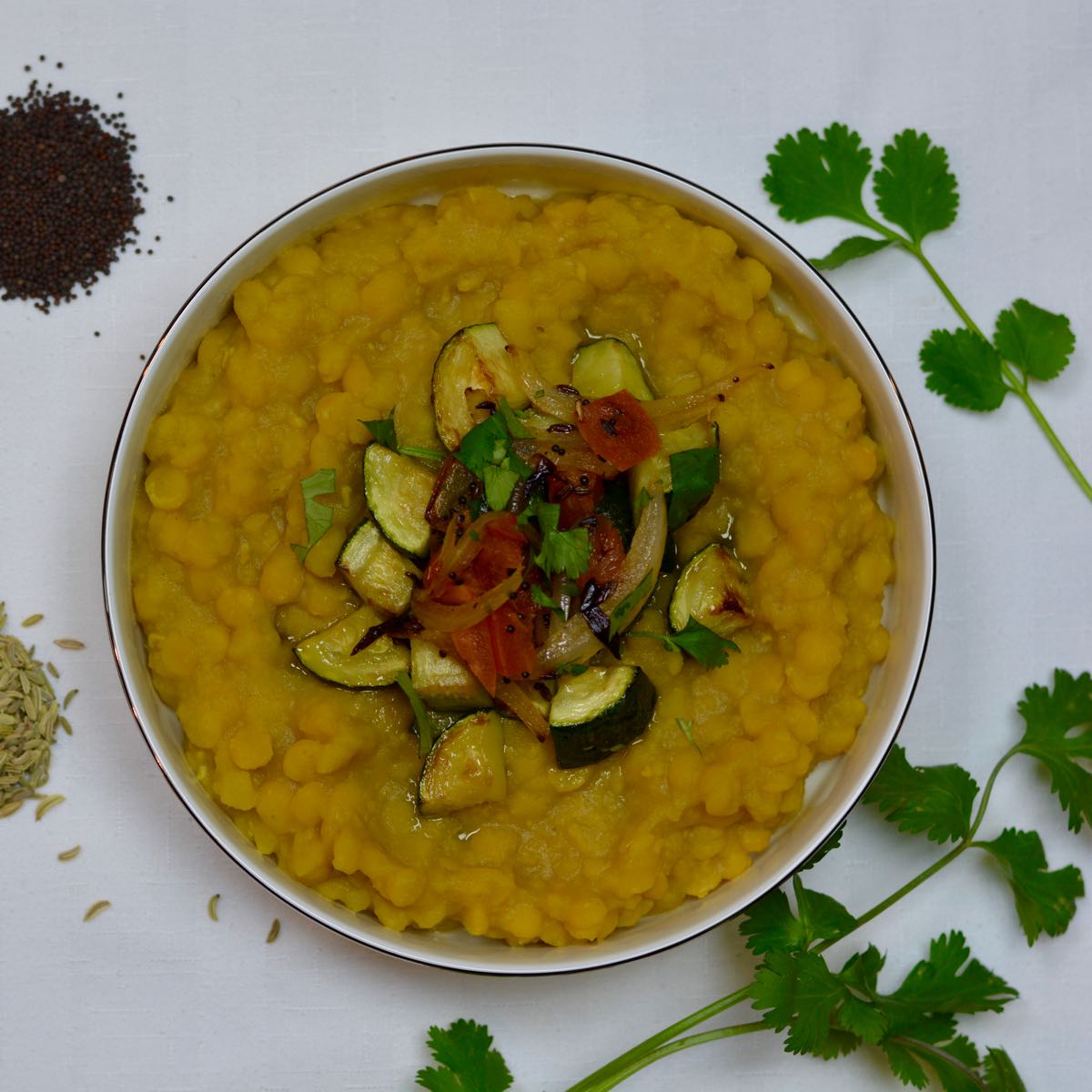

High Fibre Gluten Free Snacks
The idea here is to eat more of these snacks that are all loaded with fibre.

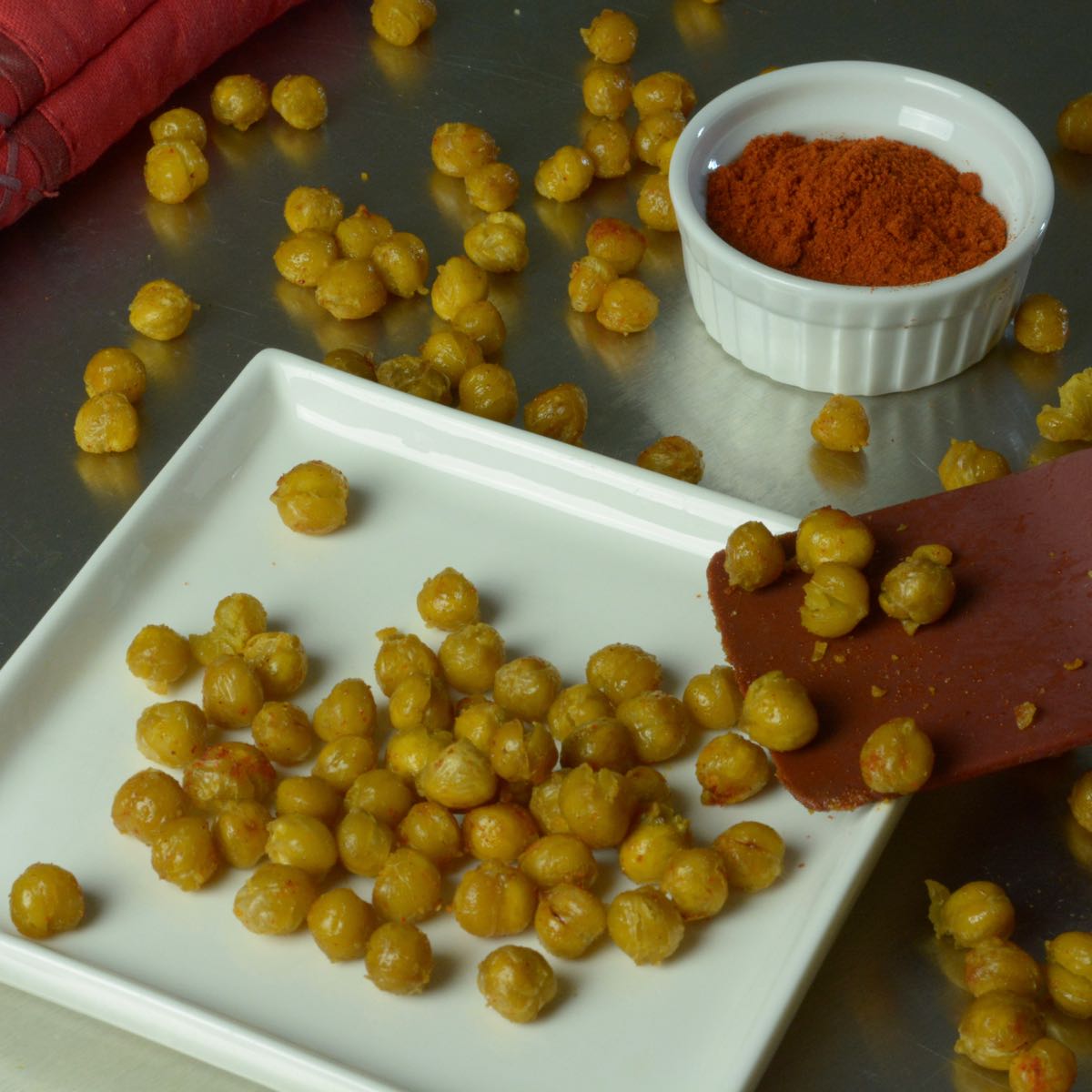


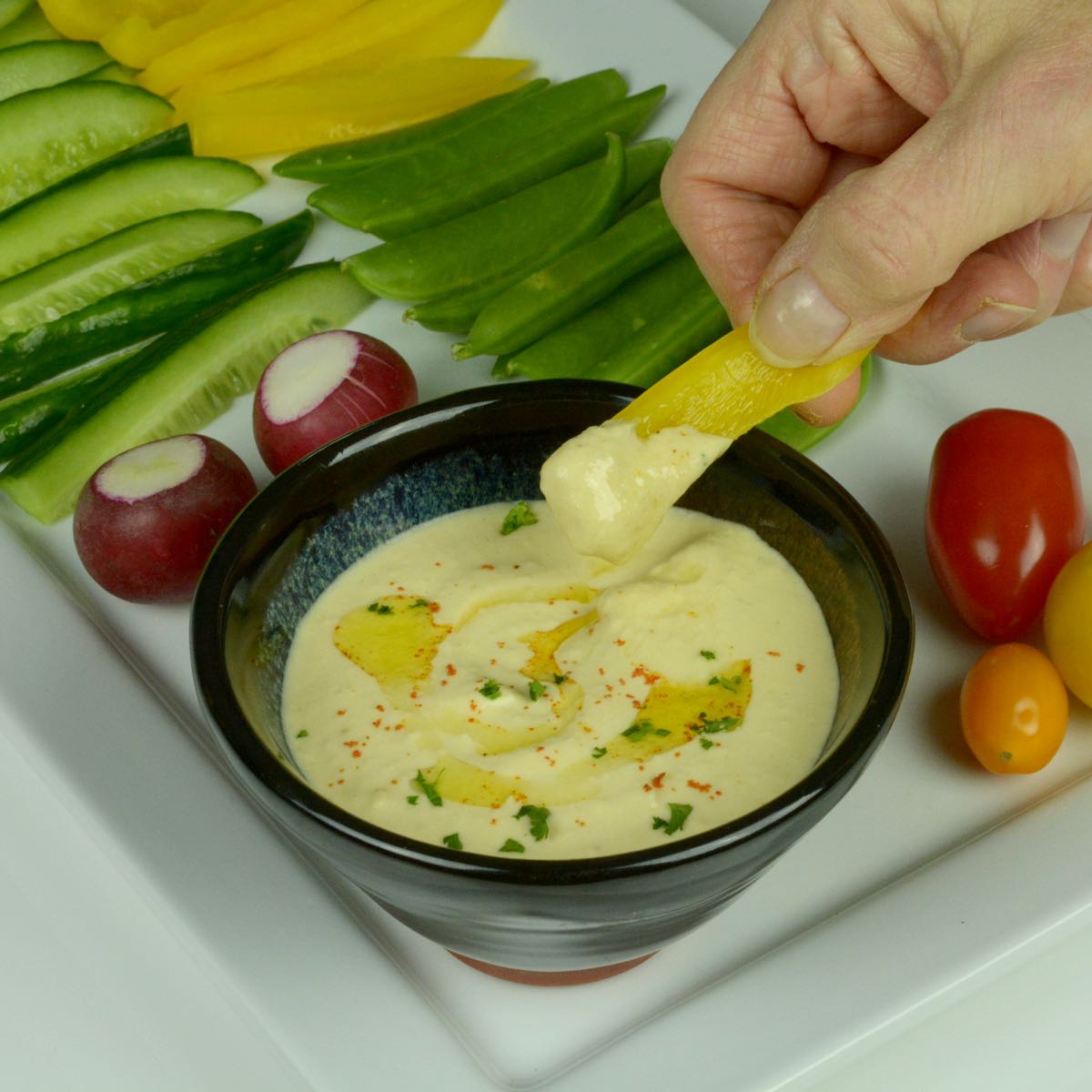



Popcorn is a high fibre snack too. Sprinkle it with nutritional yeast to boost the fibre.
High Fibre Gluten Free Baked Goods
The fibre content in baked goods doesn't magically make them healthy. On the other hand, there's no down side to choosing ingredients with more nutrition.
Experiment with different flours, nut butters, nuts, seeds, dried and fresh fruits. Vegetables can also be used in savoury versions of muffins, biscuits and scones.






Resources For Fibre and the Gluten Free Diet
- An excellent resource from Alberta Health Services: Fibre and the Gluten Free Diet.
- Spotlight on Dietary Fibre includes the amount of dietary fibre recommended for adults and children on a gluten free diet as well as food lists of high fibre foods from the Canadian Celiac Association.
Tips To Help Add Fibre To Your Diet
Getting organized in the kitchen is the best way to guarantee success. If any of these ideas sound like they would work for you act on them now.
- Mason jars of all sizes to hold nuts, seeds, legumes and more. Check out my 2-lid system for 7 jar sizes in this post, Organize For Success with Mason Jars.
- Add a new flour or grain to your pantry and try it! Quinoa, quinoa flour or quinoa flakes, buckwheat groats, flakes or flour and on and on.
- A Dymo letratag label maker is perfect for learning about gluten free ingredients. The label on my jar of chia seeds says 1 tablespoon / ½ cup yogurt. You can simply label it High Fibre if that helps you grab it more often.
Let me know in the comments below if you found a new recipe or idea you're excited to try. If you already use quinoa flakes or buckwheat groats I'd love to hear what you do with them.
Top Tip
Over on social media follow dietitians who specialize in the gluten free diet for a steady stream of helpful information. Shout out to my friend Selena, The Celiac Dietitian. Watch for her Tuesday Q&A on Instagram (@celiac_dietitian).
__________________________________________________________________________
New here? I've got help to get you from overwhelmed and frustrated to confidently cooking gluten free food the whole family wants to eat. Subscribe and get your free resource, 29 Tips for GF flour.
🎉 I made it into the Top 100 Gluten Free Blogs for 2025 and the Top 40 Gourmet Food Blogs. To learn all the ways I can help you click here, Everyday Gluten Free Gourmet.
_________________________________________________________________________

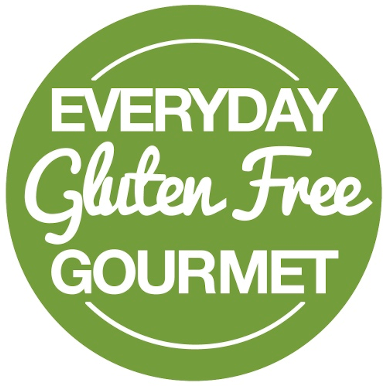


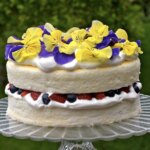


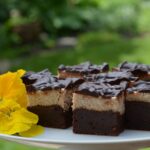











Leave a Reply